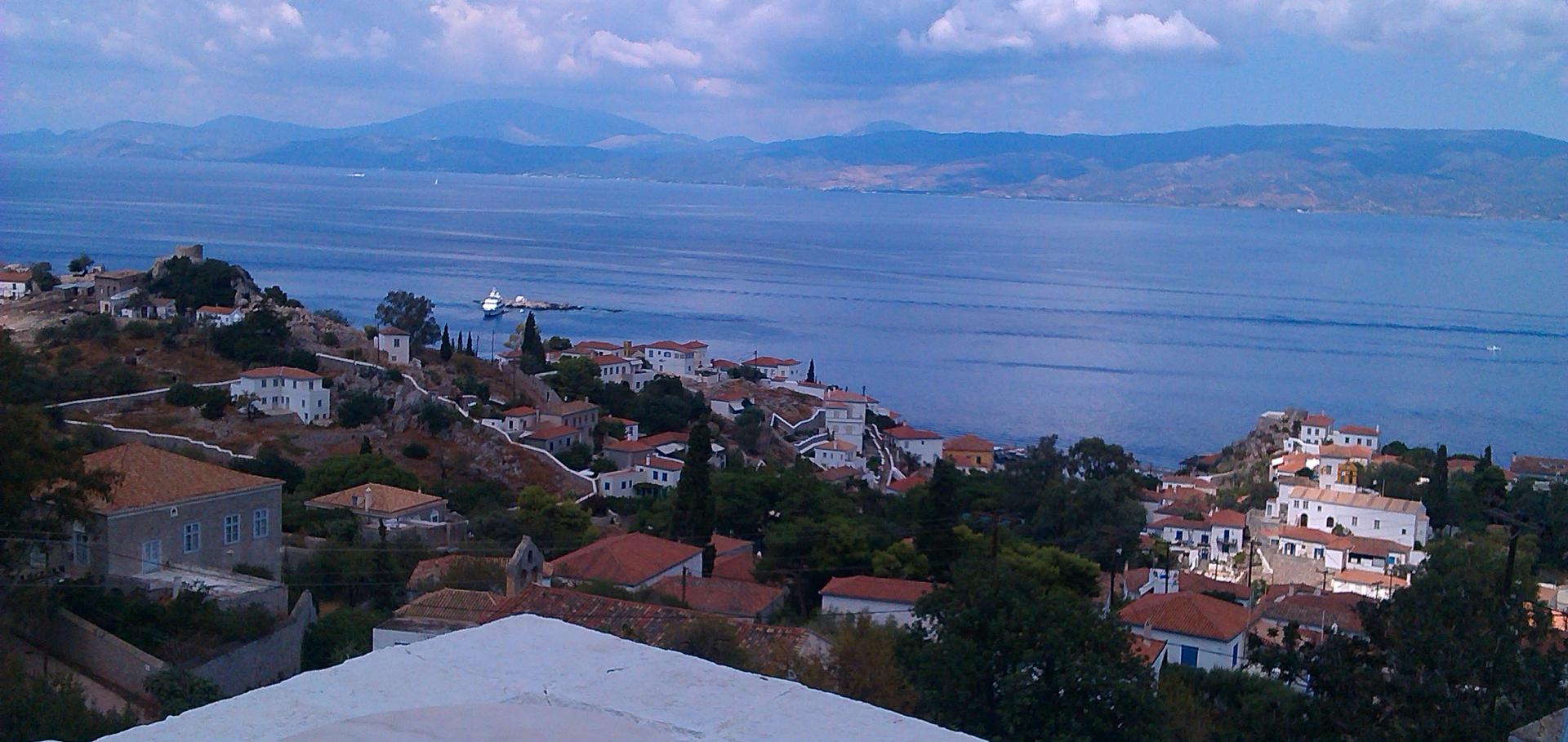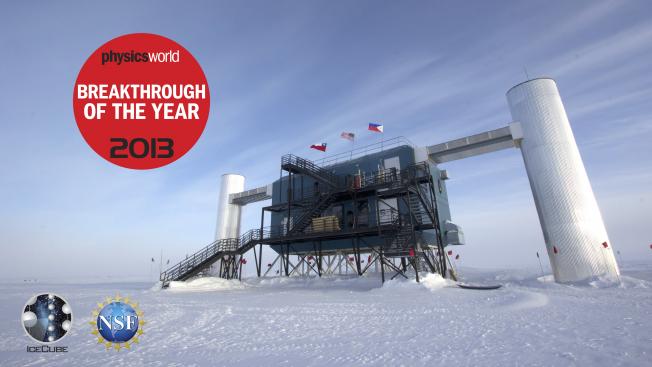Recent high-energy results from IceCube
NUOVO CIMENTO C-COLLOQUIA AND COMMUNICATIONS IN PHYSICS 40:3 (2017) ARTN 138
Constraints on ultrahigh-energy cosmic-ray sources from a search for neutrinos above 10 PeV with IceCube
Physical Review Letters American Physical Society 117:24 (2016) 241101
Abstract:
We report constraints on the sources of ultrahigh-energy cosmic rays (UHECRs) above 109 GeV, based on an analysis of seven years of IceCube data. This analysis efficiently selects very high- energy neutrino-induced events which have deposited energies from 5×105 GeV to above 1011 GeV. Two neutrino-induced events with an estimated deposited energy of (2.6±0.3)×106 GeV, the highest neutrino energy observed so far, and (7.7±2.0)×105 GeV were detected. The atmospheric background-only hypothesis of detecting these events is rejected at 3.6σ. The hypothesis that the observed events are of cosmogenic origin is also rejected at >99% CL because of the limited deposited energy and the nonobservation of events at higher energy, while their observation is consistent with an astrophysical origin. Our limits on cosmogenic neutrino fluxes disfavor the UHECR sources having a cosmological evolution stronger than the star formation rate, e.g., active galactic nuclei and γ-ray bursts, assuming proton-dominated UHECRs. Constraints on UHECR sources including mixed and heavy UHECR compositions are obtained for models of neutrino production within UHECR sources. Our limit disfavors a significant part of parameter space for active galactic nuclei and new-born pulsar models. These limits on the ultrahigh-energy neutrino flux models are the most stringent to date.Observation and Characterization of a Cosmic Muon Neutrino Flux from the Northern Hemisphere using six years of IceCube data
Astrophysical Journal IOP Publishing 833:1 (2016) 3



